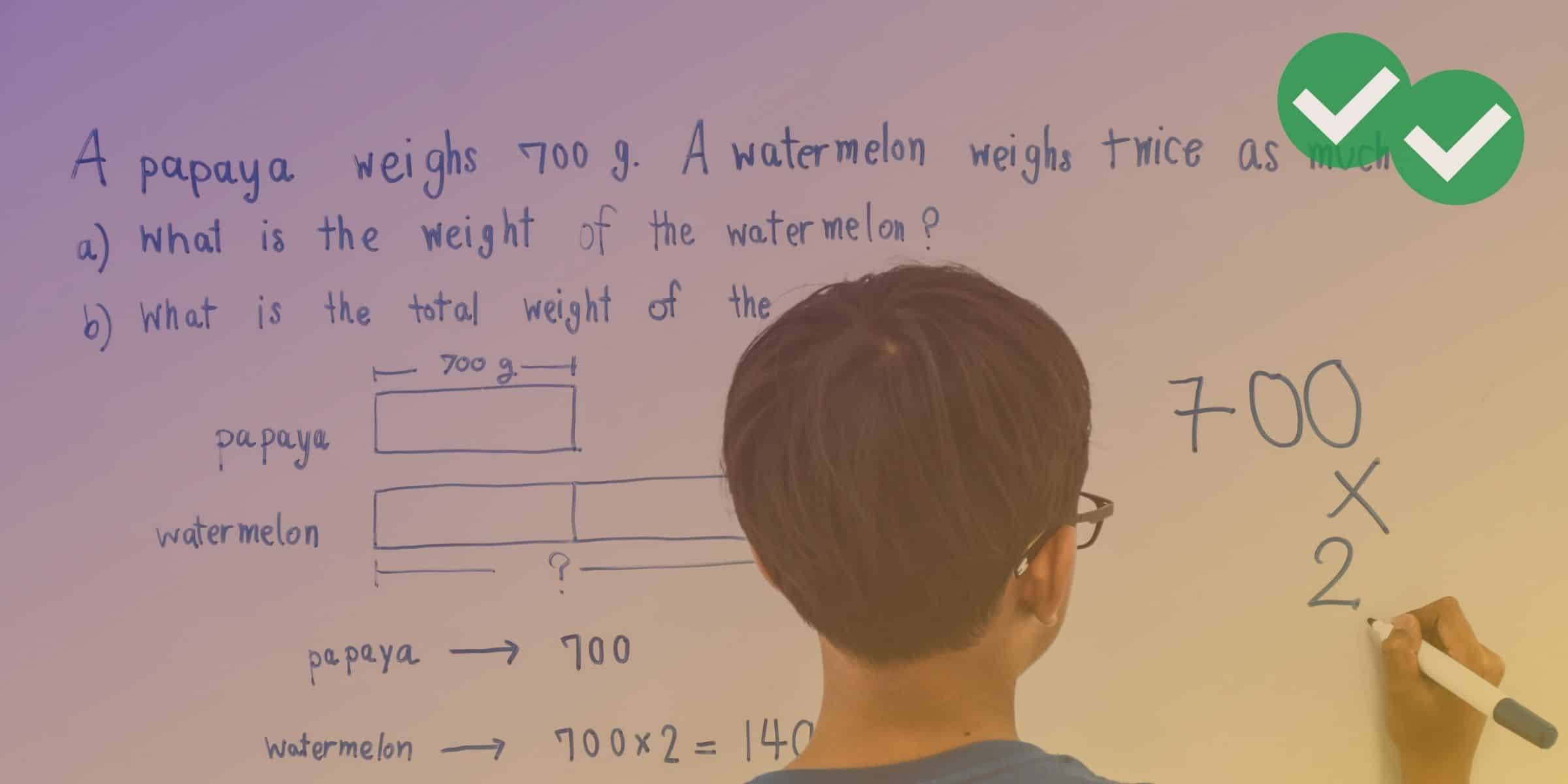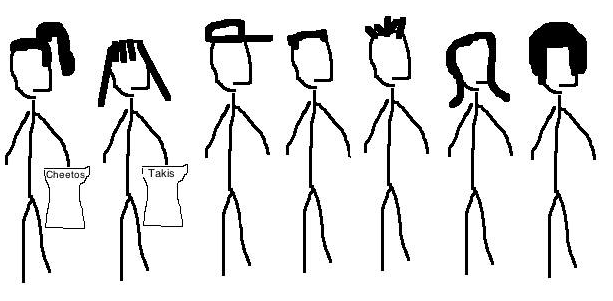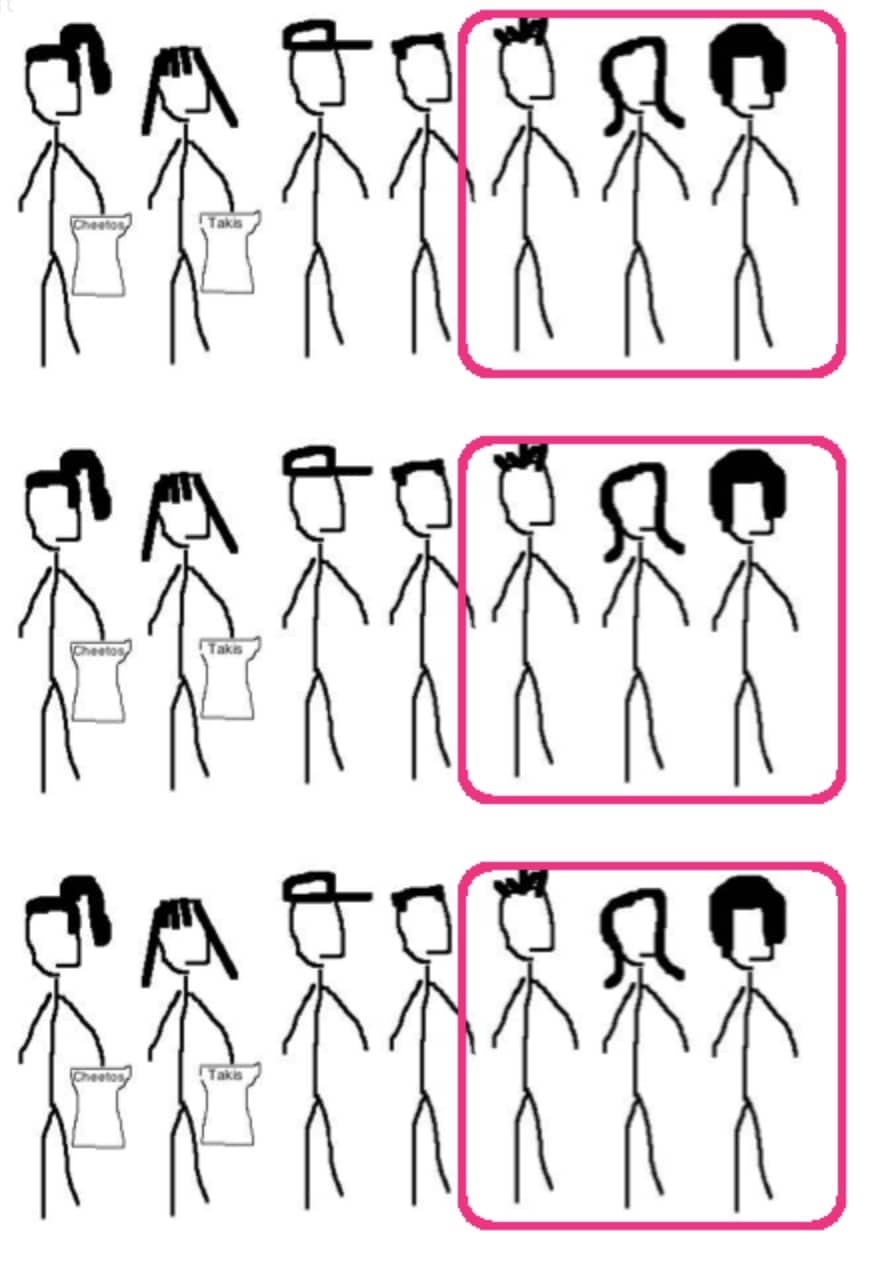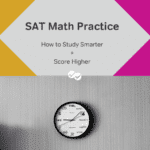
If the phrase “word problems” makes you want to throw your SAT prep materials at the wall, know that you’re definitely not alone. Word problems are HARD if you’re not used to translating them into numbers. And the bad news? The SAT Math section LOOOVES their word problems — they comprise 25% of the Math section!
But wait, before you actually destroy your SAT prep book or, worse, your laptop, know that anyone can become an SAT word problem master with some practice. Even if you’re a pro at making mathematical equations out of word problems, this post will cover tactics to help you solve word problems in record time.
The Different Strategies for Tackling SAT Word Problems
As if word problems weren’t hard enough, not all word problems are created equal. Some want you to create an equation, some want you to pick an equation, and some are just bent on sounding like this: If the number of apples Mary has is twice the absolute value of chocolate, how many zebras on train B will travel to San Diego on shmoople zeeple heeple?

To master SAT word problems, you need to become familiar with different types of SAT word problems and what strategy — or combination of strategies — is best for the problem and easiest for you. There are three main strategies for word problems: Active Reading, Process of Elimination, and Picking Numbers.
Active Reading: You have might have learned of the active reading strategy on the SAT, which is when you go through the reading comprehension passages while underlining or taking notes to better remember and make sense of the material. But this strategy also comes in pretty handy for SAT Math word problems and can easily be combined with the strategies below. Click here to see a few examples of active reading in practice.
Process of Elimination: Process of elimination is when you plug in answer choices in the context of the problem. Obviously, it only works when there are answer choices. If you feel like active reading is going to slow you down, definitely try process of elimination — click here for an example!
Picking Numbers: Sometimes word problems have equations in the question and answer choices. If this is the case, picking numbers and plugging them into given equations is a great strategy to speed things up. To see picking numbers in action, click here.
Active Reading and SAT Math
While it may feel like it takes longer than reading passively, active reading for the right kind of SAT word problem will actually save you a ton of time in the long run. Why? Because active reading forces you to work through problems as you’re reading them and by doing so, you often find yourself at or near the answer by the time you’re done reading the question.
Don’t believe me? Check out how active reading works in this problem:
Yikes, even I’m getting a headache looking at it and I’ve read it already. But before we get overwhelmed by all these words, understand that the key to approaching these types of problems is a two-step process:
Step 1. Draw your attention to the numbers and what they mean in the context of the problem.
Click here to review Step 1!
In other words, what kind of equation are these numbers making? The chart below can help you figure out how to translate key words into their equivalent operators.
| Words | Their equivalent operators |
|---|---|
| Total of, added to, increased, sum | + |
| Decreased by, subtracted from, difference | – |
| Times, product | x |
| Same, equivalent, equals, is | = |
| Less than | < |
| Greater than, more than | > |
| Greater than or equal to | ≥ |
| Less than or equal to | ≤ |
Step 2. Pay close attention to what you’re supposed to answer.
Click here to review Step 2!
When I was studying for the SAT (a century ago), I had spent a lot of time beating my head on the table because I picked the answer choice for x when I really was supposed to find x + 1, or that I solved for inches instead of feet. Underlining or circling what you’re supposed to find will save you headaches… Trust. Me.
Take a look at the question again and see if you can spot any words from the chart, and highlight what you need to solve.
Now check out the slides below to see an example of how active reading and annotations help you get to the answer. In this example, I used both underlining and notes in the margin. Both options are good if you’re new to active reading for SAT word problems, but I prefer just writing notes in the margin because it saves time while helping me create the equation that I need to solve.
Click here to review the slides
Drawing Word Problems
If you’re still not comfortable working with equations, there’s a different type of active reading strategy you can try: sketching the situation out. In fact, for most test-takers, drawing out the problem can be faster even if you are comfortable with equations.
Let’s try it out with the same question from above:
By just drawing some of Carrie’s crummy friends, we’ll get there faster. (Alright, so on the actual SAT, you won’t have the luxury or the time to create such a masterpiece. You’ll just draw some circles and squares, or something similar.)

It’s pretty clear on seeing this that 2/7 of the friends have snacks and 5/7 don’t. You can also see the difference is 3/7.
Click here for the rest of the explanation
So just do a little mental highlighting and copy-pasting of that picture.

How many groups of these guys will we need to get to 15? If there are 3 people in each group, we’ll need 5 groups. Five groups of seven people total? 35 friends arrived at the party.
The takeaway? It’s a lot easier to stay focused and get your foot in the door of SAT word problems if you start sketching out the situation like this. Even if you saw the mathematical relationship pretty quickly in this example, there will almost definitely be more difficult problems on the SAT that are best drawn, at least in the beginning. And if the math becomes clear soon after, then great — the picture has served its purpose.
Simplifying SAT Word Problems by Elimination
Because the SAT is mostly multiple-choice, you don’t really have to understand how to transform word problems into equations for a lot of the questions. You can use the answers to your advantage and totally circumvent it.
Not sure where to start on a question? Did drawing the situation fall flat?
Then take a look at the answer choices. If there are concrete numbers there (and not algebraic expressions), then you should try putting some of them through the process that the word problem describes. Like drawing, the process of elimination is often faster than straightforward math.
Below is a relatively basic example. Why don’t you give it a shot first using elimination?
Click here for the answer and explanation!
Answer: 20
Explanation: So, where should you start? How about with (C)? After all, Neither (A) nor (B) is divisible by four, which the answer probably will be, since the number of jelly donuts is four times that of the chocolate. And (A) is definitely too small.
In (C), there are 16 jelly donuts left, which means there must be 4 chocolate. If there are 4 chocolate donuts after the five minutes are up, there must have been 19 at the start. 19 chocolate and 16 jelly don’t match up, so that’s no good.
Let’s try (D), then, so we’ll have more jelly donuts. 20 jelly means 5 chocolate left. 5 chocolate remaining means 20 chocolate at the start. 20 and 20 match up.
As you can see with the above example, we’re done just like that. Once you’re practiced with process of elimination, you’ll find that doing it in your head is even faster!
Word Problems and Picking Numbers
Our last SAT word problems strategy is picking numbers, which is pretty straightforward. The other easy thing about picking numbers for word problems is that this strategy only works when there is a real equation in either the question or answer choice.
Check out the problem below and pick some easy numbers for h and d.
Takeaway: With Practice Comes Perfect

If we’ve done our job correctly with this SAT word problems post, I hope you’re feeling a little less “huh?” and a bit more zen and that you’re itching to put some of these strategies into practice. If you liked our practice questions, there’s more of that where that came from on our SAT web app, where we give you a 100-point guarantee or your money back.
While these strategies won’t help you become a word problem master overnight, they are a great starting point to building up your active reading, elimination, and picking numbers muscle, and pretty soon, you’ll be able to put your own spin on these techniques to get to solutions faster and best suited for your learning style. Happy studying!
Thanks to Lucas Fink for his contribution to this post, especially for his enviable MS Paint skills!







Leave a Reply